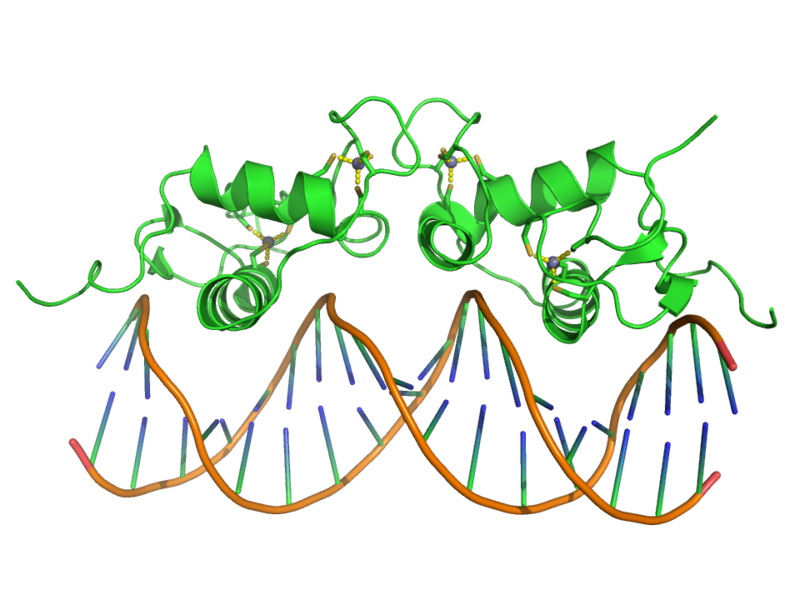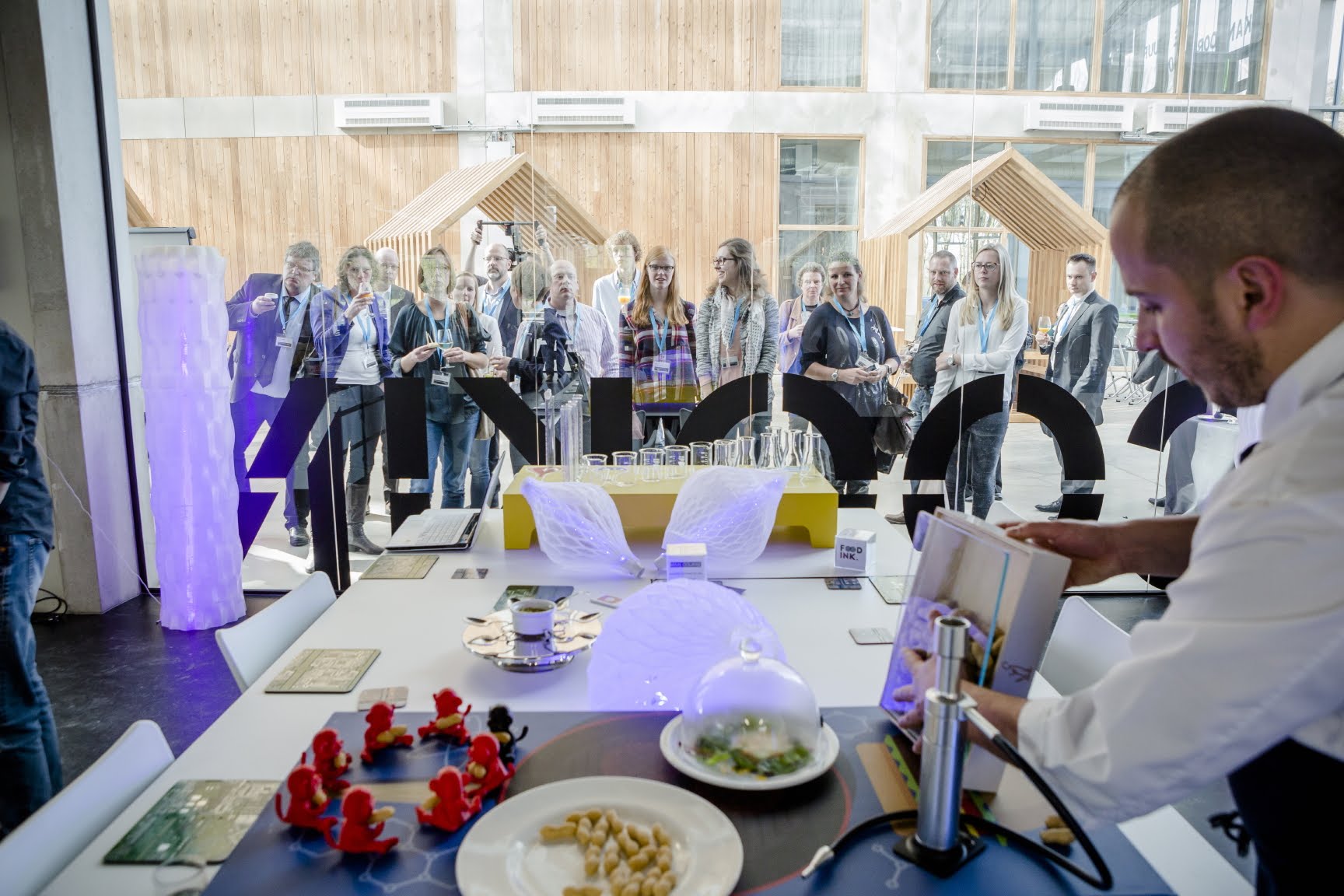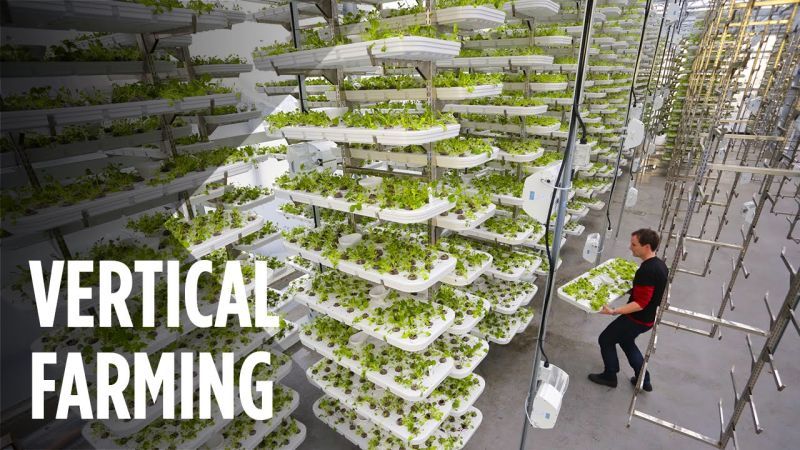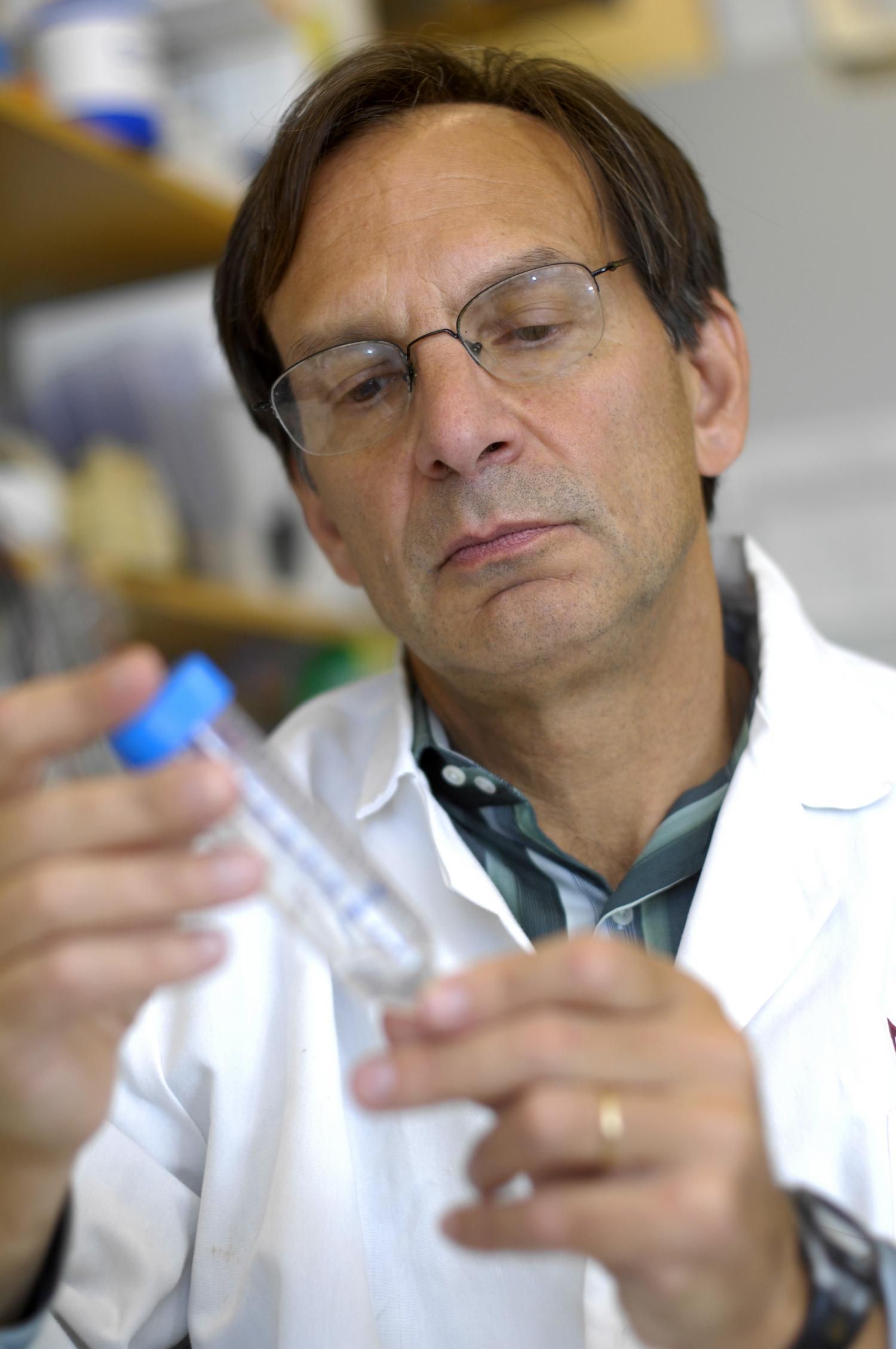Jul 12, 2016
From Plough to Pipette
Posted by Karen Hurst in categories: bioengineering, biological, food
In part 2 of our plant synthetic biology series we teamed up with Cameron Tout of the Legume Laboratory blog to introduce some of the tools of plant synbio and how these are being applied to agriculture.
Over 9000 years ago the first domesticated varieties of wheat were created in South West Asia. What was remarkable about these plants is that they were selected by humans to retain their seeds rather than dispersing them by wind. This meant that wheat became dependent on farmers for propagation, but allowed people to harvest grain without the pods shattering in their hands.
Since then, humans have been modifying plants in ever more sophisticated ways, the 20th century saw the introduction of mutation breeding and hybrid technology, resulting in massive gains in crop yields.


















